ASUS's rendition of a factory overlocked Radeon RX 7900 XT graphics card is chunky, well-built and sports a good looking military-inspired aesthetic, albeit at a rather significant price tag.
The past three months have seen several new releases in the consumer GPU market, starting with the launch of NVIDIA's flagship GeForce RTX 4090 in October 2022, which was then followed by the RTX 4080 16GB in November 2022 and finally, the RTX 4070 Ti in the first week of January 2023. Over on Team Red's end, December 2022 saw the launch of AMD's next generation of graphics cards powered by the RDNA 3 architecture, in the form of the range-topping Radeon RX 7900 XTX and its younger sibiling, the RX 7900 XT. Since then, its been firmly established that the RX 7900 XTX and RX 7900 XT are strong competitors against NVIDIA's RTX 4080 and RTX 4070 Ti offerings respectively, especially when one factors in the issue of pricing.
For today's article, ALKtech checks out a graphics card that sports a factory overclocked RX 7900 XT GPU - the ASUS TUF Gaming Radeon RX 7900 XT OC Edition 20GB GDDR6. As a premium non-reference RX 7900 XT graphics card, the TUF Gaming Radeon RX 7900 XT OC Edition 20GB GDDR6 sports a laundry list of features such as triple axial-tech fans that are touted to deliver more airflow than normal fans, a diecast fan shroud and metal backplate that helps prevent PCB flex all while assisting with heat dissipation, as well as military-grade 20K capacitors,
Summary of Specifications (TUF-RX7900XT-O20G-GAMING)
- GPU: AMD Radeon RX 7900 XT (Navi 31)
- 84 Compute Units, 5376 Stream Processors
- Memory: 20GB GDDR6 RAM (320-bit, 20 Gbps)
- Clock Speeds:
- OC Mode : up to 2535 MHz (Boost Clock), up to 2175 MHz (Game Clock)
- Default Mode : up to 2500 MHz (Boost Clock), up to 2130 MHz (Game Clock)
- Bus Type: PCIe 4.0 x16
- Outputs: 1x HDMI 2.1, 3x DisplayPort 2.1
- External Power Required: Yes, 3x 8-pin
- Recommended PSU Wattage: 750W and above
- Dimensions: 352.9mm x 158.2mm x 72.6mm
- Card Width: 3.63 slots
Packaging & Accessories
The ASUS TUF Gaming Radeon RX 7900 XT OC Edition 20GB GDDR6 comes in a box with an outer sleeve that sports a black, red and silver colourway - the rear of the sleeve has the usual overview of specs for this card and also summarises the various features that the RX 7900 XT GPU comes with.
Within the outer sleeve is a black cardboard box that holds the graphics card - the said box is embellished with TUF Gaming motifs for a gamer-oriented appearance.
The card comes with an extensive list of accessories:
- Collectible card
- Warranty card
- Graphics card holder setup guide
- Quick start guide
- Certificate of Reliability
- Mobile phone holder
- Graphics card holder with built-in screwdriver
- TUF Gaming Velcro hook and loop
For a walkthrough of the accessories that come included with the card, be sure to check out the YouTube video embedded above at the start of this article. That said, some interesting accessories to highlight include a graphics card holder that comes with a built-in screwdriver, as well as a mobile phone holder that comprises a series of cardboard punch-0uts that require assembly before use.
Aesthetics & Physical Features
Make no mistake, the TUF Gaming Radeon RX 7900 XT OC Edition 20GB GDDR6 is a sizeable card especially when compared to its reference card brethren, where it measures in at 352.9mm x 158.2mm x 72.6mm. For comparison's sake, the reference RX 7900 XT card that ASUS makes measures in at a mere 276.4mm x 112.65mm x 51.25mm. That said, the TUF Gaming boasts a "metal exoskeleton" comprising of a diecast frame with an aluminium shroud, which explains its heft and size. The card also features three "axial-tech" fans with dual ball bearings for better airflow, and only spin up when GPU temperatures go above 60°C.
The card also features a metal backplate that helps reduce PCB flex, while also assisting with heat dissipation. The said backplate comes adorned with TUF Gaming motifs that sure help with sprucing up the card's appearance.
On the whole, the TUF Gaming Radeon RX 7900 XT OC Edition 20GB GDDR6 exudes a military-like vibe given its overall design aesthetic and gunmetal grey colour scheme.
A Performance/Quiet mode switch can be found on the long edge of the card...
...while ASUS has included three 8-pin PCIe power connectors to power this graphics card. Do note that RX 7900 XT cards tend to come with two 8-pin connectors by default - my guess is that ASUS has included an additional power connector to give extra headroom for the factory overclock that this board comes with.
Also included with the card are RGB lighting accents, in the shape of the TUF Gaming logo with an illuminated strip beneath it for added visual interest.
GPU-Z Screenshot
Testing Methodology
To get a sensing of the card's performance, the following tests were run:
Synthetics
- 3DMark Time Spy v1.2
- Unigine Heaven Benchmark 4.0
Gameplay
- Cyberpunk 2077 v1.61 in-game benchmark
- Far Cry 6 in-game benchmark
- Shadow of the Tomb Raider in-game benchmark
- Fortnite (Actual Gameplay)
All tests above were run at the 1440p resolution with the card set to the default "Peformance" mode. In addition, the results shown were taken from benchmark runs that were performed without any screen capture software running in the background. Where necessary, readouts from MSI Afterburner as well as HWiNFO64 were obtained so as to measure FPS performance and other relevant hardware status metrics.
Test Setup
To put the graphics card through its paces, a test bench with the specifications below was used:
- CPU: AMD Ryzen 5 5600
- CPU Cooler: Stock AMD Wraith Stealth
- Motherboard: Gigabyte X570 GAMING X Rev. 1.0 (BIOS F37d)
- Memory: 16GB (2x8GB) Kingston HyperX Fury DDR4 3200 CL16
- Storage: Gigabye NVMe SSD 512GB (GP-GSM2NE3512GNTD)
- Graphics Card: ASUS TUF Gaming Radeon RX 7900 XT OC Edition 20GB GDDR6
- PSU: Cooler Master V1000 80 PLUS Gold
- Case: OEM open-air test bench
- Monitor: Gigabyte G27Q 27" LCD monitor (144 Hz, 1440p)
- OS: Microsoft Windows 11 Pro (21H2)
- Graphics Driver: AMD Adrenalin Edition 22.12.2
- Resizable BAR: Enabled
3DMark Time Spy v1.2
With the 3DMark Time Spy test, the test bench achieved a graphics score of 26264, a CPU score of 7712 and an overall Time Spy score of 19299.
Unigine Heaven Benchmark 4.0
The system scored 4047 points for Unigine's Heaven Benchmark 4.0, with an average FPS of 160.7, a minimum FPS of 45.2 and a maximum FPS of 328.5. The test was run at 1440p resolution on the maximum possible graphics settings, with DirectX 11 rendering on Ultra Quality, extreme tessellation, stereo 3D disabled, multi-monitor disabled, and anti-aliasing set at x8.
Cyberpunk 2077 v1.61 In-game Benchmark
With Cyberpunk 2077 v1.61's built-in benchmark tool, the test bench attains an average FPS of 128.35, a minimum FPS of 78.9 and a maximum FPS of 174.16 - these results were obtained on the 1440p resolution using the "Ultra" graphics preset with ray tracing disabled, and AMD's FidelityFX Super Resolution (FSR) 2.1 switched off.
To get a flavour of the card's ray tracing chops, test runs on the "Ray Tracing Medium" preset at 1440p resolution were also done, with FSR disabled and enabled so as to determine the amount of performance uplift one could get by enabling AMD's upscaling feature. With FSR disabled, the test system pumps out an average FPS of 50.82, a minimum FPS of 41.51 and a maximum FPS of 68.75. Enabling FSR on the "Auto" mode increases the average FPS figure by slightly over 60%, with an average FPS of 81.77, a minimum FPS of 53.38 and a maximum FPS of 111.01.
With FSR set to "Auto" during the in-game benchmark, I was unable to discern any graphical distortion or artifacts, especially after comparing against capture footage with FSR disabled.
Far Cry 6 In-game Benchmark
With Far Cry 6's built-in benchmark test, the test system achieves an average FPS of 95, a minimum FPS of 69, and a maximum FPS of 152. The game was set to the 1440p resolution, with maximum possible graphics settings (Ultra), DXR Shadows and DXR Reflections enabled. FSR was also disabled for the test.
Shadow of the Tomb Raider In-game Benchmark
Moving on to Shadow of the Tomb Raider, the test bench puts out an average FPS of 87 with the game's built-in benchmark tool. The results pictured above were obtained while on the 1440p resolution with all graphics settings turned up to the highest possible settings, where Ray Tracing Shadow Quality was set to "Ultra" and all forms of upscaling technologies (e.g. XeSS) were disabled.
Fortnite (Actual Gameplay)
To round off the gameplay tests. I played several rounds of Fortnite on the test bench, which saw the system achieve an average FPS of 61.6, a minimum FPS of 44.4 and a maximum FPS of 95.4. The game, in its latest iteration powered by the Unreal Engine 5.1, was set to the highest possible graphics settings on the 1440p resolution, with Temporal Super Resolution set to the "Native" setting, Nanite Virtual Geometry enabled, as well as Global Illumination and Reflections set to the "Lumen Epic" settings. The FPS figures shown above were obtained via MSI Afterburner, which was used to track the game's performance in the background.
Power Consumption, Thermals & Acoustics
Power Consumption
Idle:
- Avg. Total Board Power: 15.9W
- Min. Total Board Power: 14.9W
- Max. Total Board Power: 25.7W
Under Load (Fortnite Gameplay on Max Settings):
- Avg. Total Board Power: 327.1W
- Min. Total Board Power: 62.0W
- Max. Total Board Power: 331.4W
The figures above were obtained from the "Total Board Power" readouts from HWiNFO64.
Thermals
Idle:
- Avg. GPU Temperature: 46.3°C
- Min. GPU Temperature: 45°C
- Max. GPU Temperature: 49°C
- Avg. GPU Hot Spot Temperature: 48.3°C
- Min. GPU Hot Spot Temperature: 47°C
- Max. GPU Hot Spot Temperature: 51°C
Under Load (Fortnite Gameplay on Max Graphics Settings)
- Avg. GPU Temperature: 58.7°C
- Min. GPU Temperature: 50°C
- Max. GPU Temperature: 59°C
- Avg. GPU Hot Spot Temperature: 76.3°C
- Min. GPU Hot Spot Temperature: 55°C
- Max. GPU Hot Spot Temperature: 78°C
The figures above were obtained from "GPU Temperature" & "GPU Hot Spot Temperature" readouts from HWiNFO64.
The ambient temperature of the test bench's surroundings was measured to be approximately ~29°C, and based on the results above, it can be seen that the TUF Gaming RX 7900 XT OC Edition 20GB GDDR6's hefty cooling solution does a pretty decent job of taming a power draw figure north of 300W when under load.
That said, while the card's triple fans weren't by any means noisy when the test bench was under heavy graphics loads, coil whine was however, very much audible. This was especially since I used an open-air test bench, where fan noise was pretty much drowned out by the coil whine produced by the card while under load.
As I did not have a decibel meter to measure noise output, I made do with a noise measurement app on my smartphone instead, where placing my phone 30cm away from the graphics card, I recorded an average noise level of around 46dB when the system was running Fortnite, where the coil whine contributed significantly to the noise levels measured. On idle (with just the CPU and power supply fans spinning), an average noise level of 43dB was recorded. The baseline noise level of the test bench's surroundings (with the test bench switched off) was measured to be approximately 41dB.
Conclusion & Pricing
The ASUS TUF Gaming Radeon RX 7900 XT OC Edition 20GB GDDR6 shapes up to be a graphics card offering that sits on the higher-end of the spectrum of RX 7900 XT board offerings. Serving up a hefty cooling solution with a good-looking aesthetic and decent thermal performance, this card would be very much at home with 1440p gaming workloads, with graphics settings turned up to the maximum.
That said, this card is undoubtedly pricey especially when compared to reference card offerings. Depending on which country you're from, the TUF Gaming RX 7900 XT OC Edition's price could come uncomfortably close to RX 7900 XTX offerings at the lower end. In addition, the card's physical size places it firmly in RTX 4090 and RTX 4080 territory, which might be a bane for end-users looking for smaller cards for their high-end gaming PCs.
As of early January 2023, the ASUS TUF Gaming Radeon RX 7900 XT OC Edition 20GB GDDR6 can be purchased in Singapore from offline and online retailers for a price of around $1628 Singapore dollars.
Get this card from Amazon: https://amzn.to/3VZcqbv (affiliate link)
Get this card from Shopee Singapore: https://s.shopee.sg/8UqIXmuwUt (affiliate link)
ALKtech may earn commissions from qualifying purchases made using affiliate links, at no extra cost to you as a customer. These commissions go a long way in supporting the platform!
The graphics card featured in this article was a review unit provided on loan from ASUS Singapore.
%20500x1200.png?width=200&height=83&name=ALK%20Tech%20Logo%20(TransparentTextured)%20500x1200.png)
.jpg?width=1920&height=1080&name=Packaging%20(Front).jpg)
.jpg?width=1920&height=1080&name=Packaging%20(Rear).jpg)
.jpg?width=1920&height=1080&name=Packaging%20(Internal).jpg)
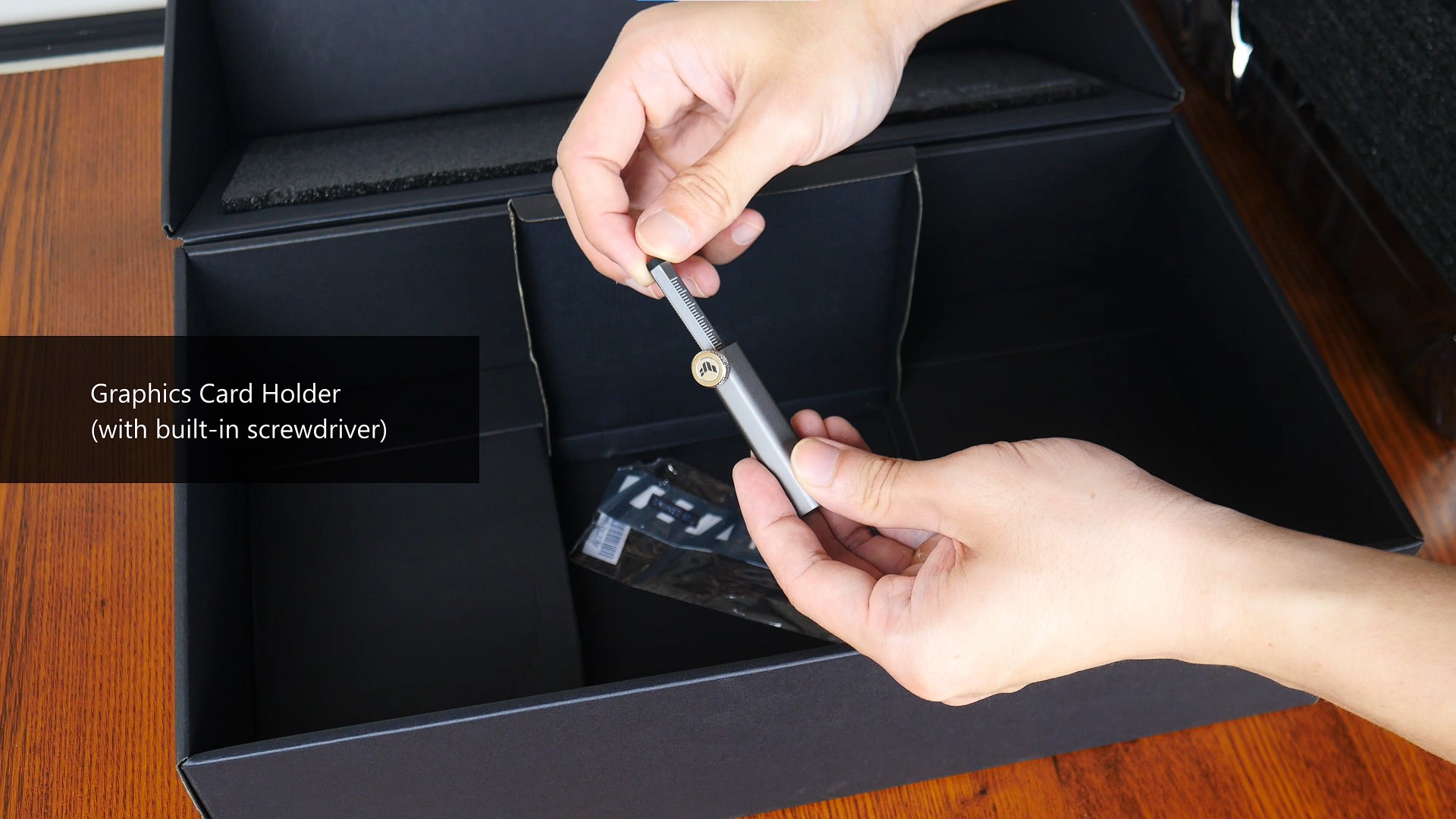
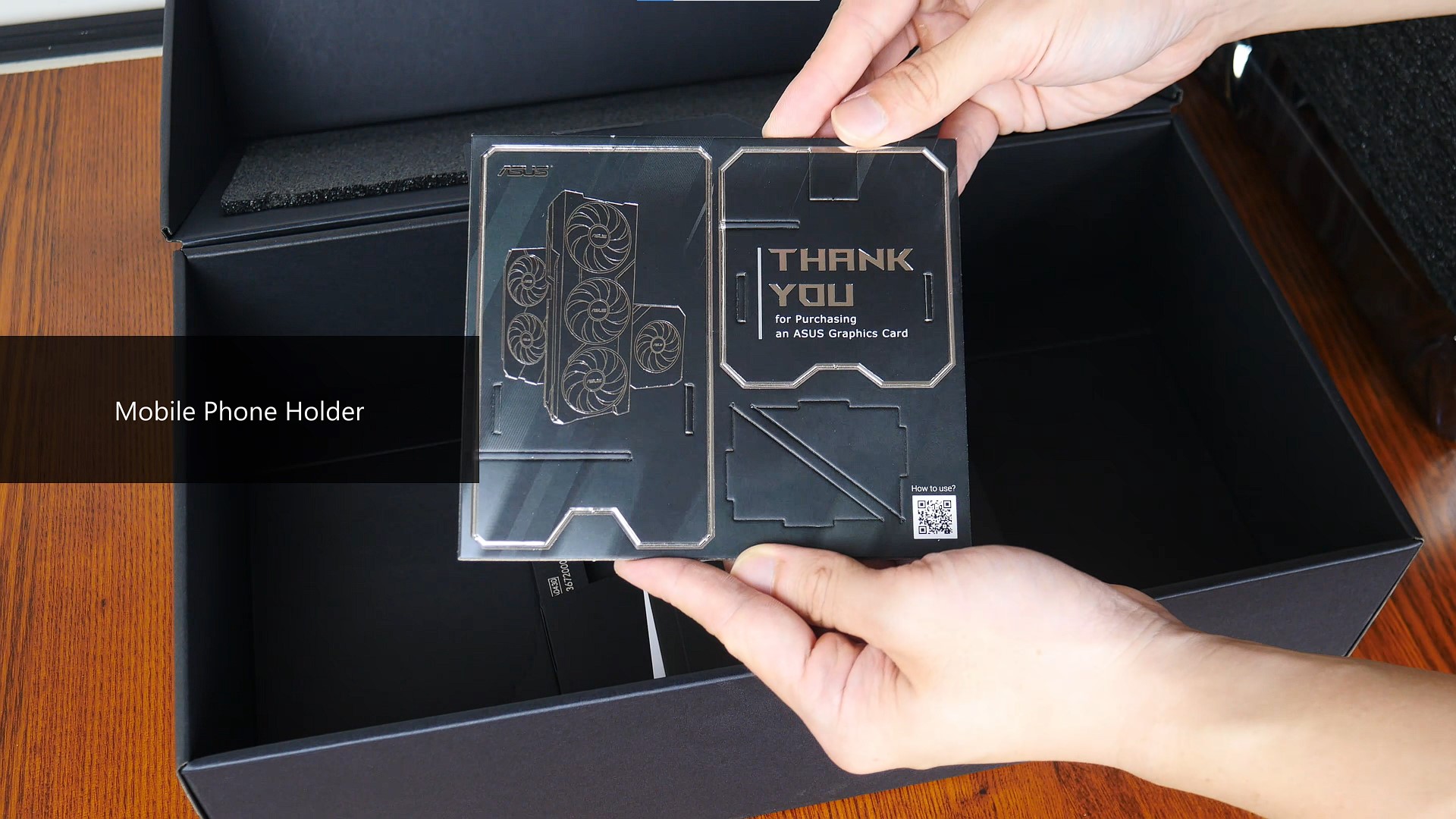
.jpg?width=1920&height=1080&name=Aesthetics%20(1).jpg)
.jpg?width=1920&height=1080&name=Aesthetics%20(2).jpg)
.jpg?width=1920&height=1080&name=Aesthetics%20(3).jpg)
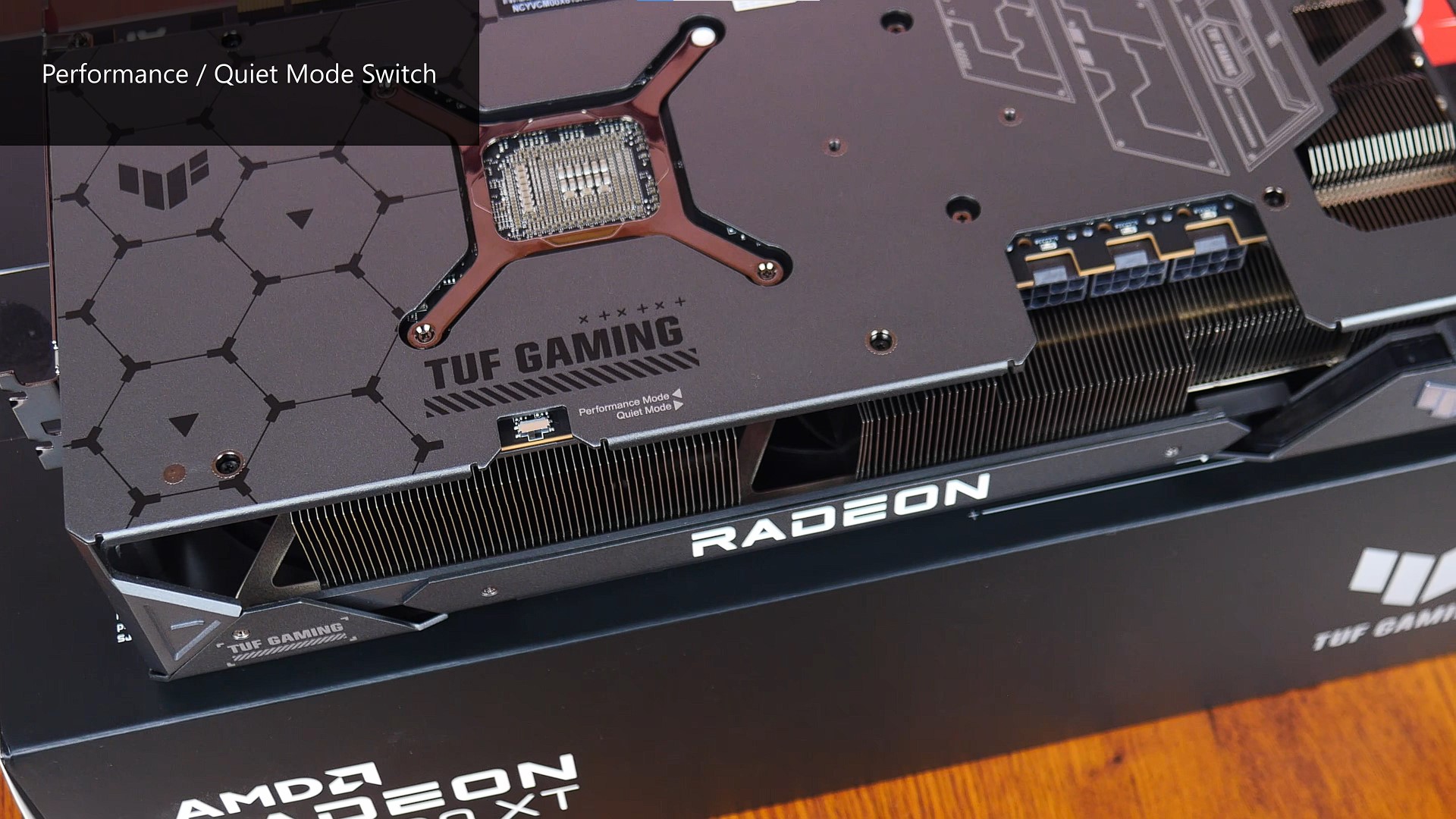
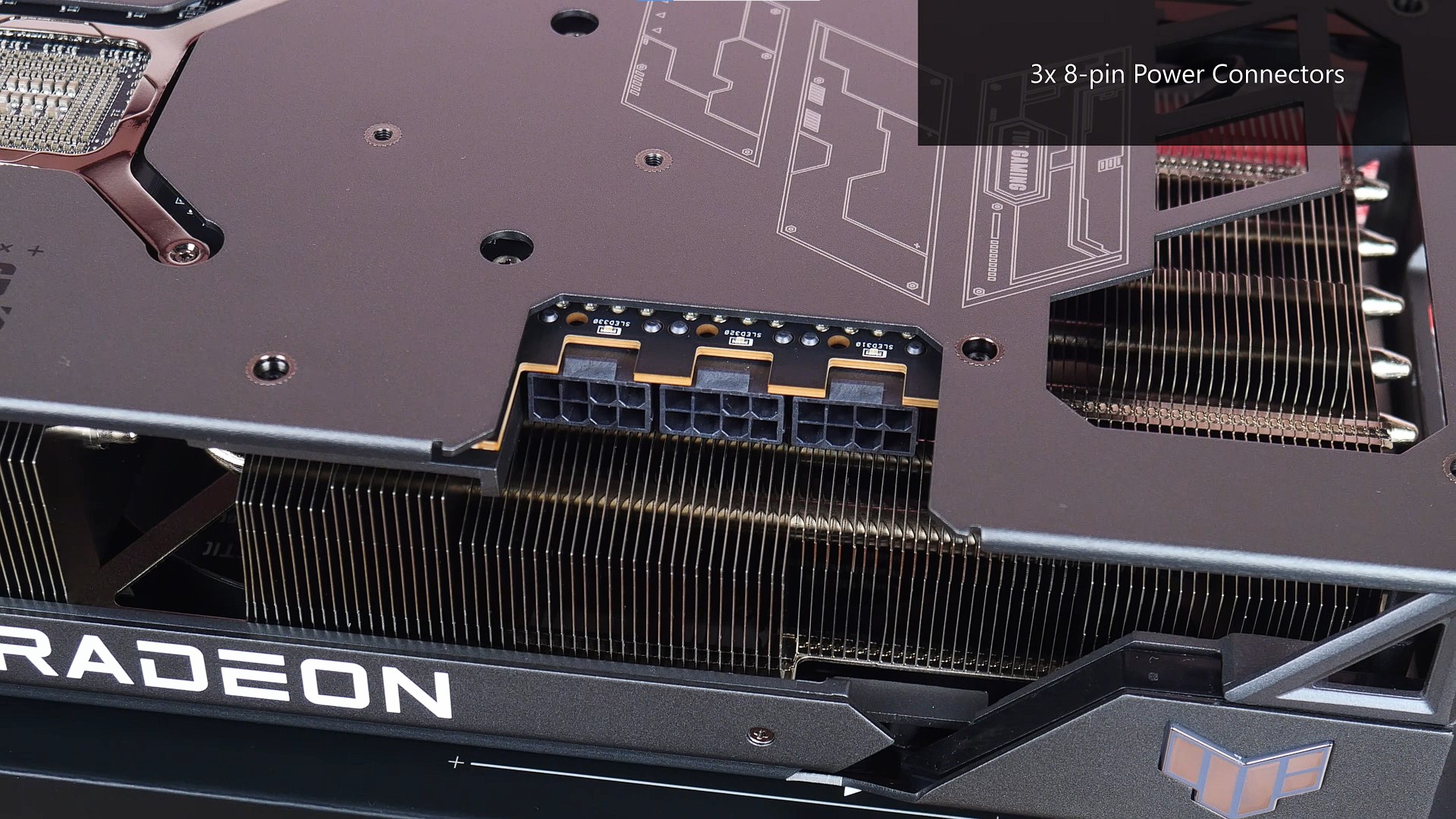
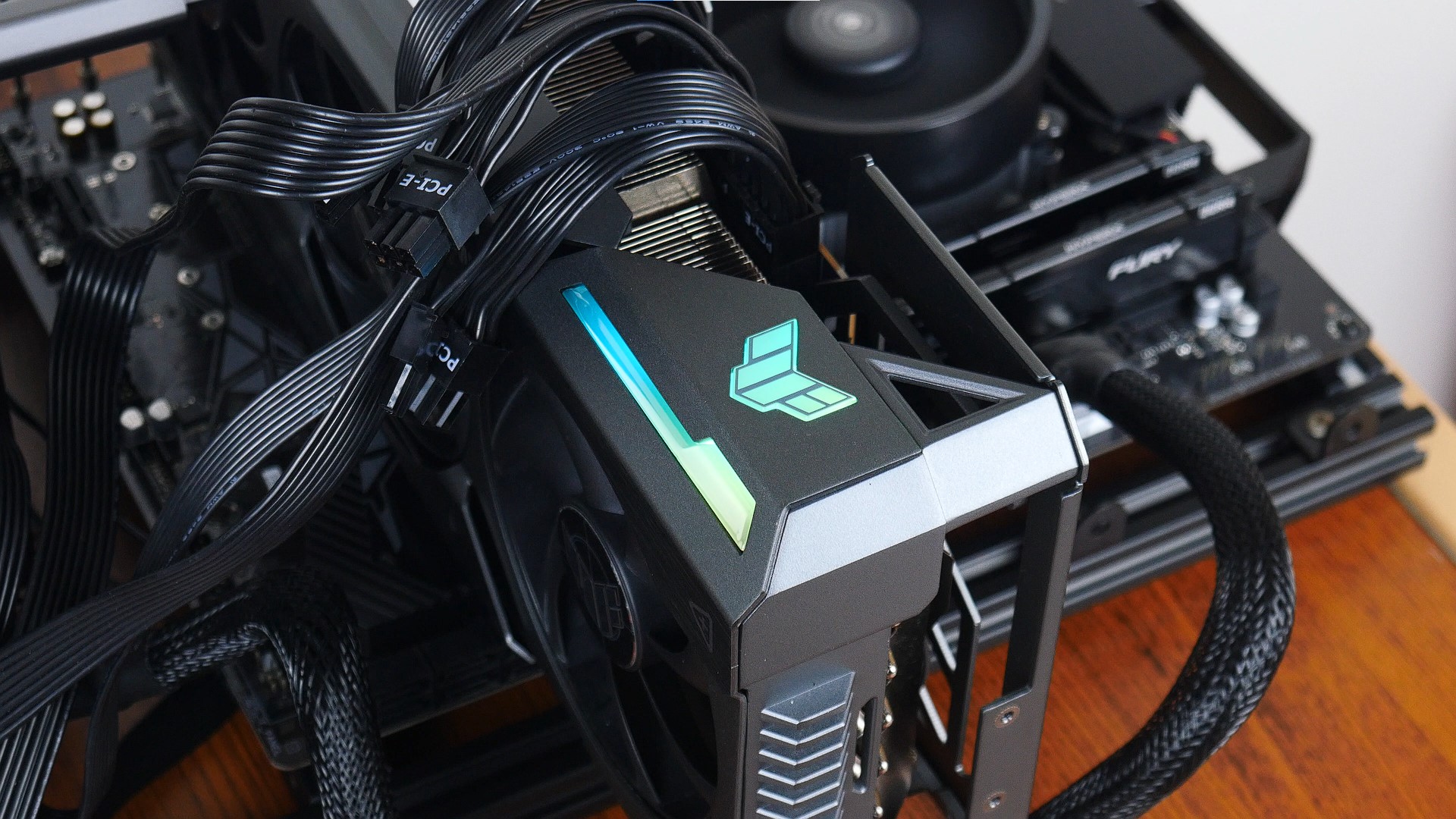
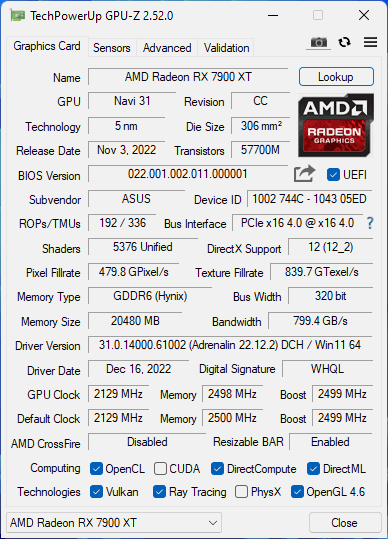
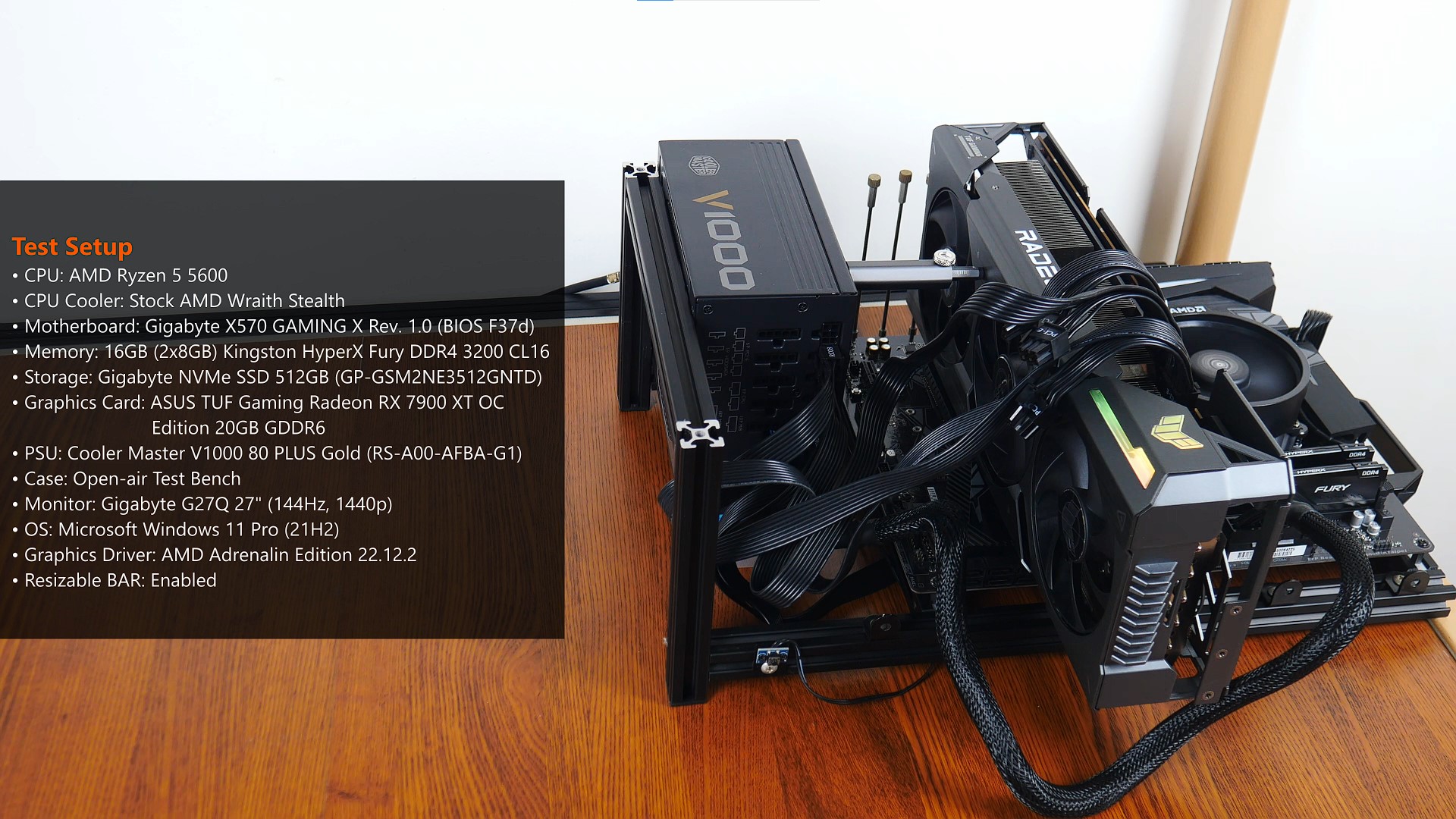
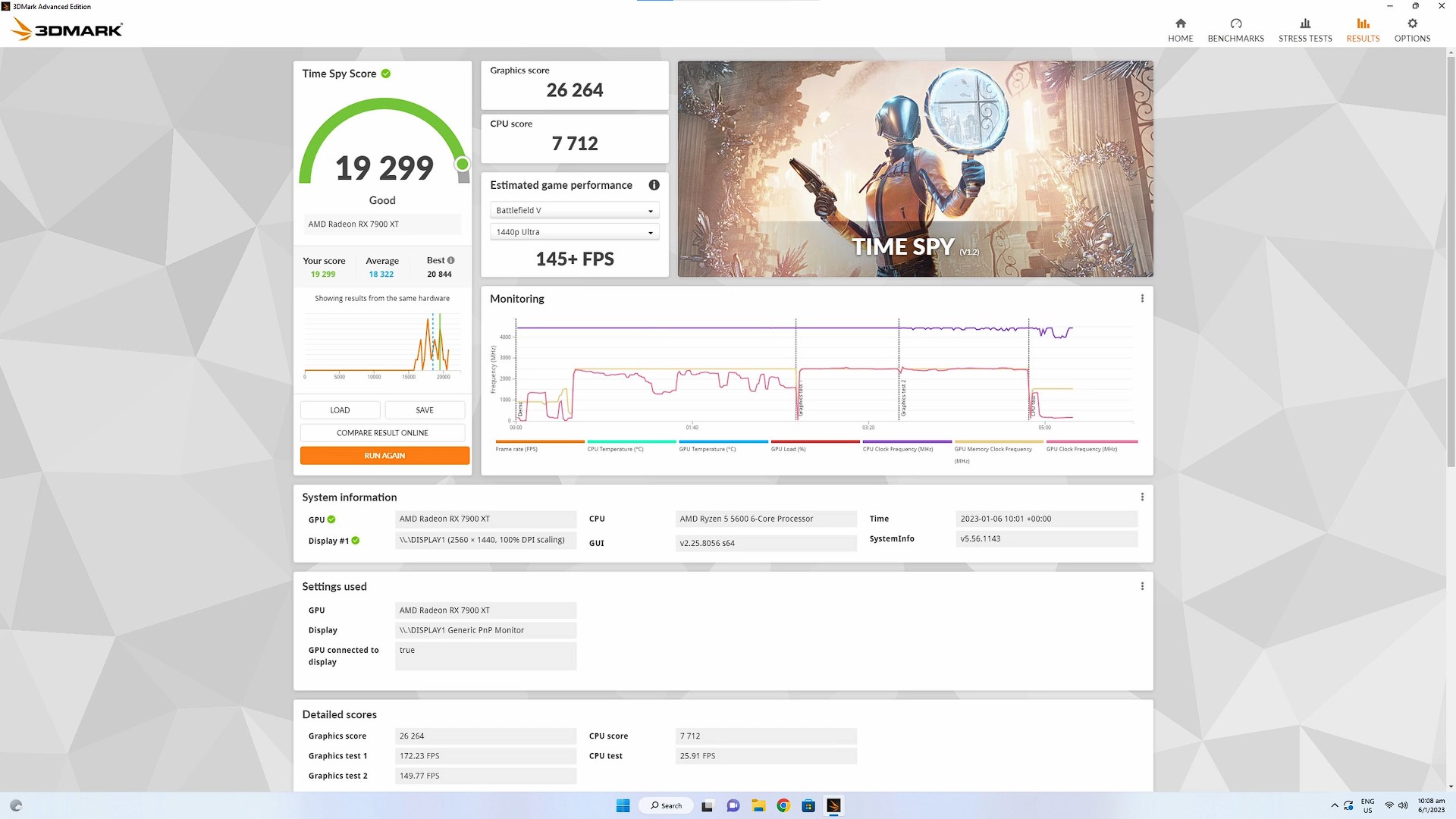
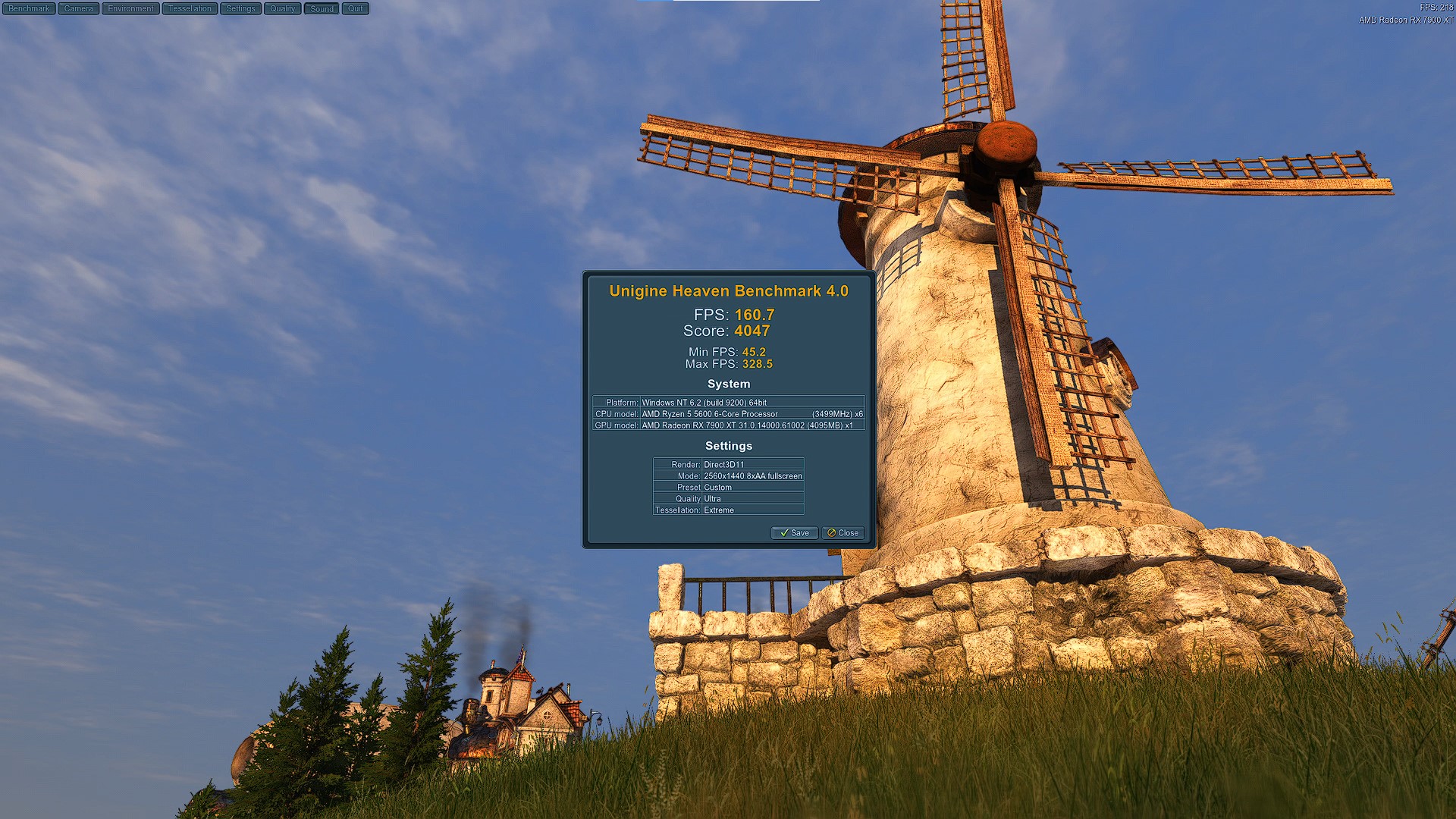
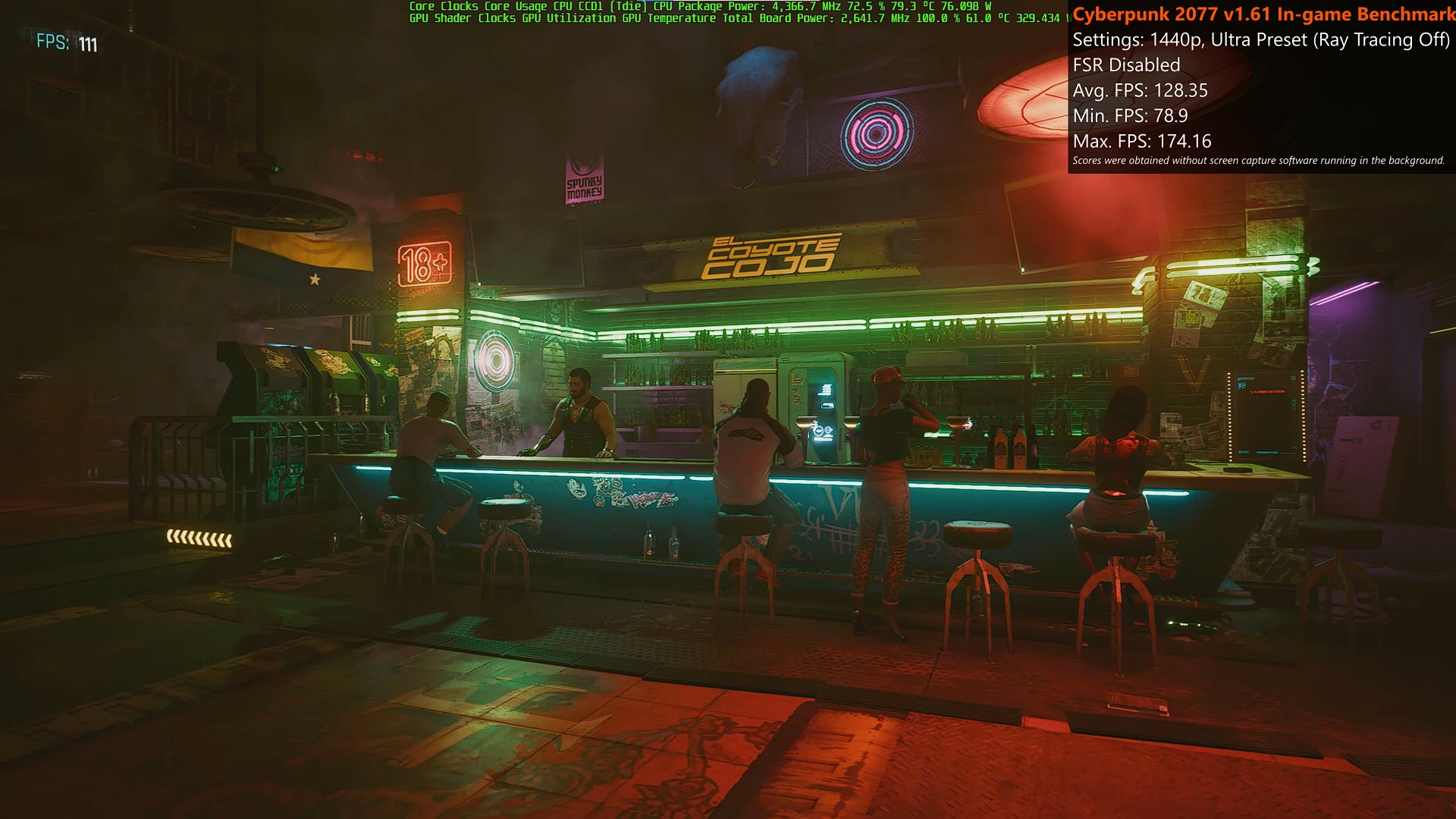
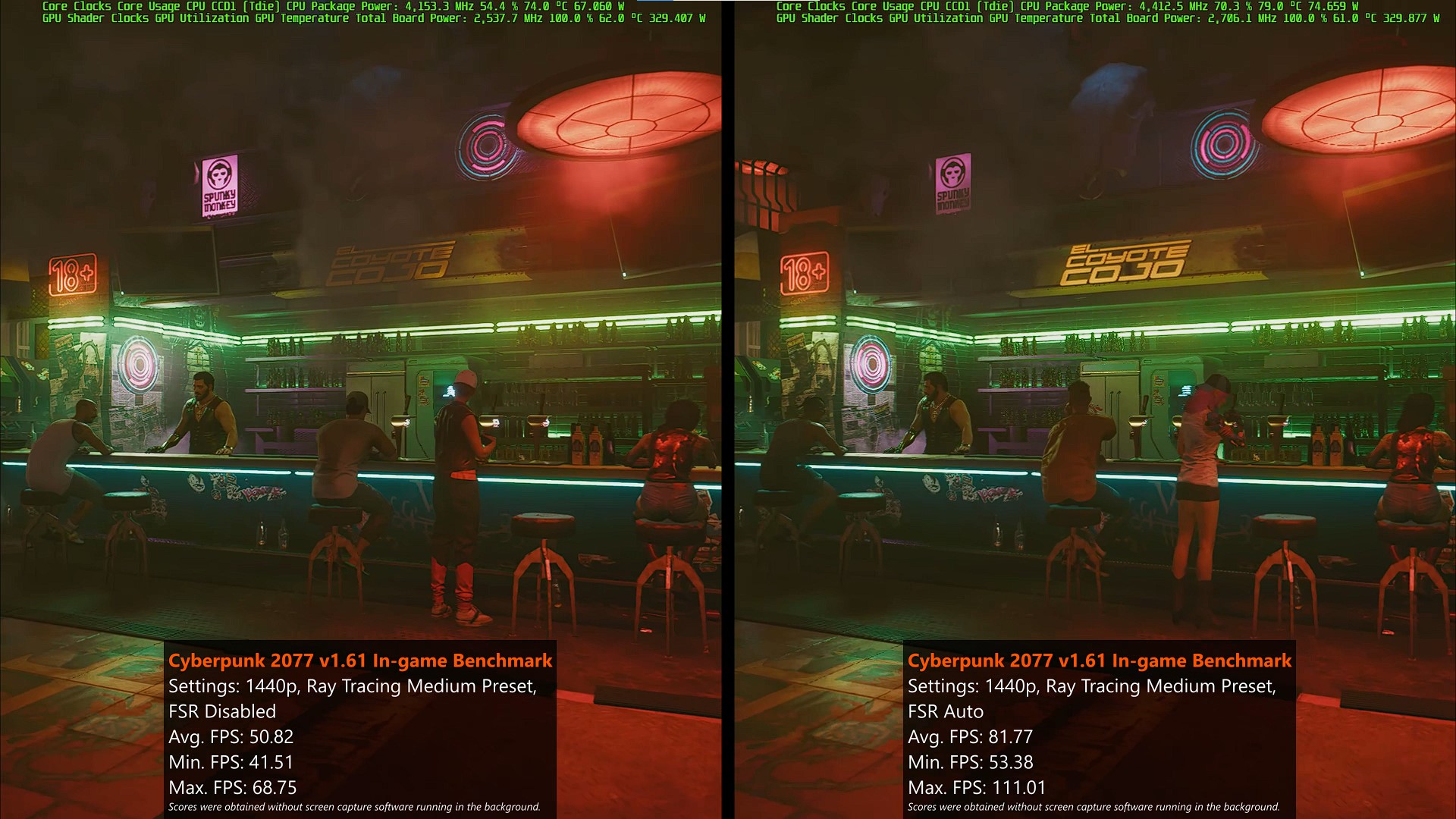
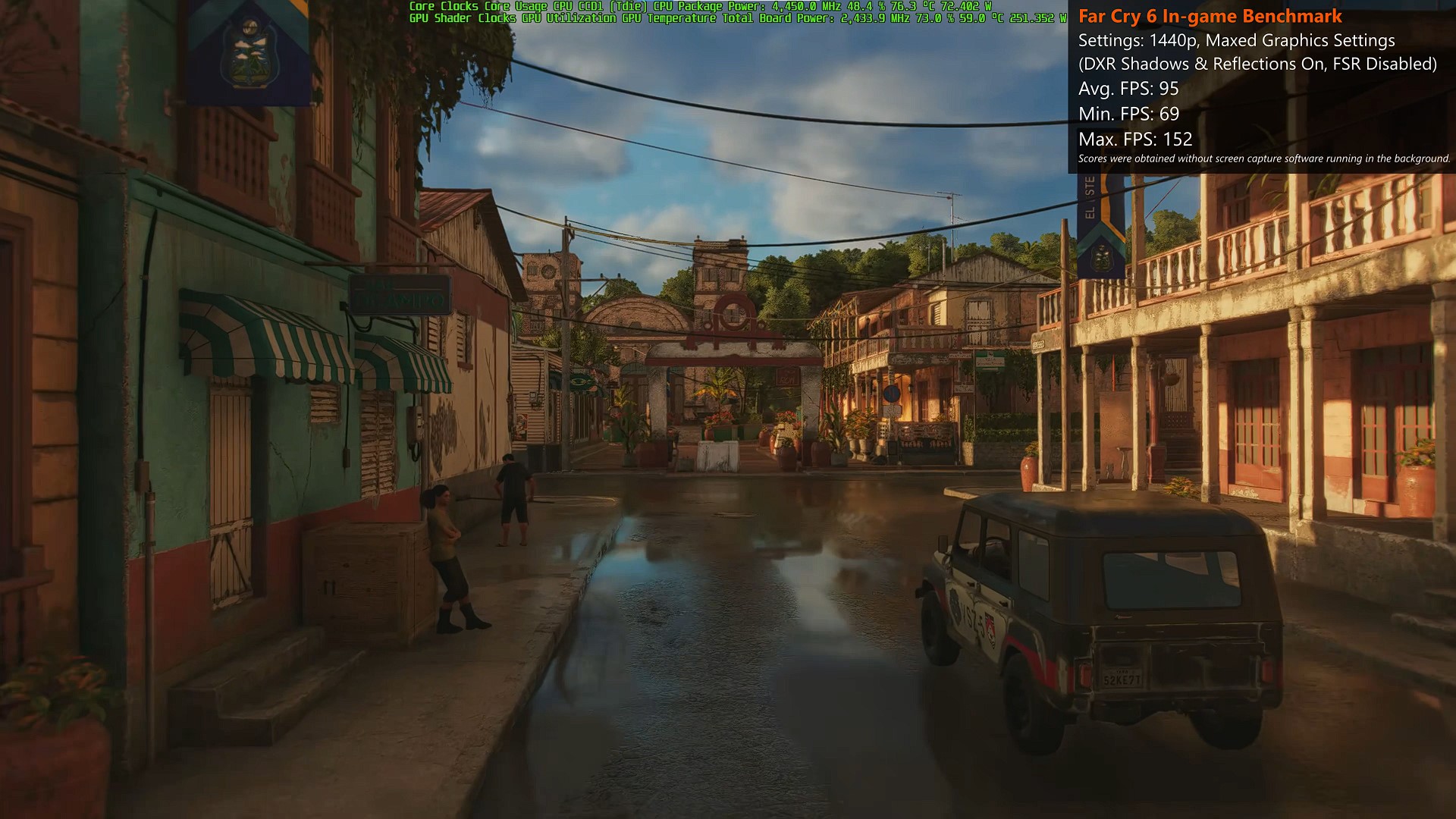
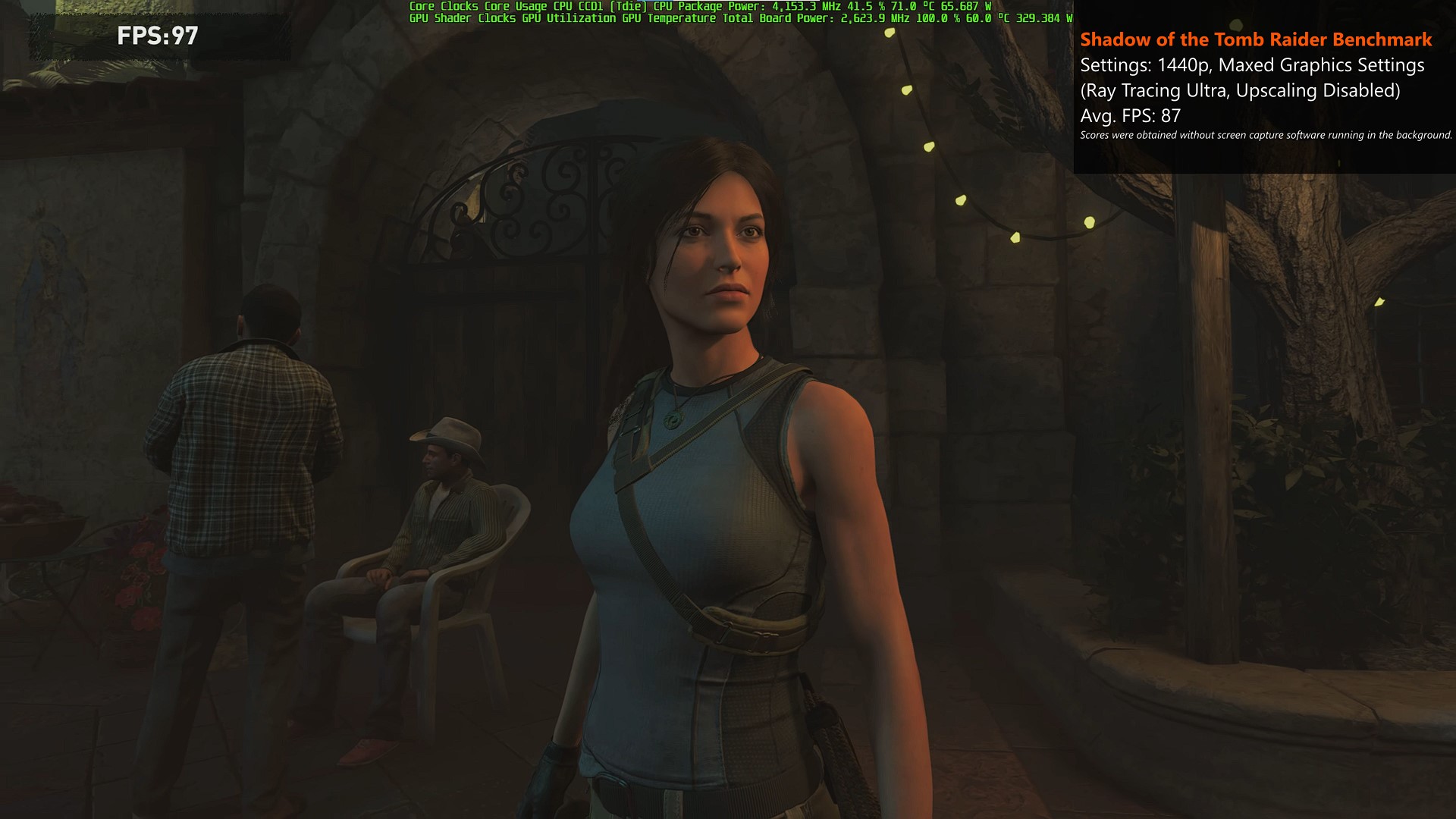
.jpg?width=1920&height=1080&name=Shadow%20of%20the%20Tomb%20Raider%20Benchmark%20Results%20(1).jpg)
.jpg?width=1920&height=1080&name=Shadow%20of%20the%20Tomb%20Raider%20Benchmark%20Results%20(2).jpg)
